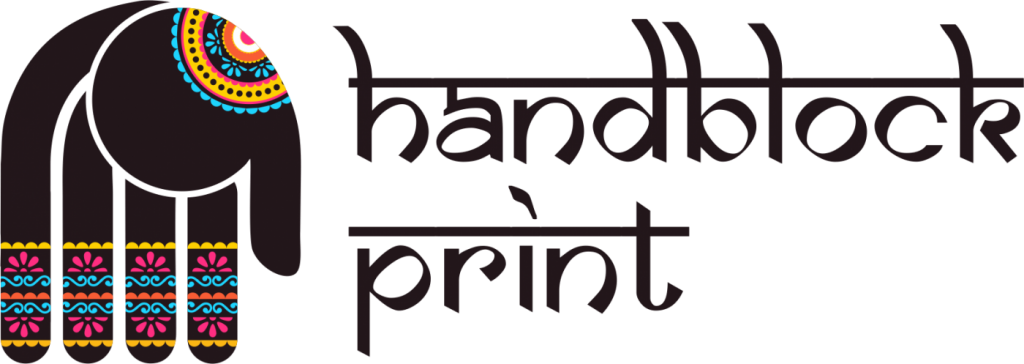Block printing in India
Block printing in India is being conducted since the very early times of the 12th Century. This printing when started was done initially on cotton fabrics but now it has also moved on to silk fabrics. India has been trading in cotton since the 6th century and maintained a good relationship with it. This reflects that cotton clothes are a part of our heritage. Thus you can also see block printing in our old heritage. In the olden days, the natural colors were used that were derived from natural substances but now with the change in culture with modernization, people started using synthetic and artificial colors and dyes for printing.
Block printing in India is done by three main techniques that are direct printing, discharge printing and resist printing. Using these techniques there are many advantages of Hand block printing in India.
With direct printing technique, the fabric whether it is cotton or silk is made free from bleach which is present in the fabric by soaking it in the mixture of water, cow dung, sesame oil and soda ash. Then the fabric is further given yellowish tinge to remove the grey color effect from the fabric. After the cloth is dried it is further processed for block printing. Wooden block with carved designs on them are dipped in dye and impression are created on the fabric.
Designs are first created by creating an outline with black color and then further colors are added to them. Prints are created on the fabric’s outer side. The bigger details are first applied color and then smaller ones are taken for consideration. Discharge Printing is the technique of printing in which the cloth is given designs in such a way so as to give it a special appearance. The complete cloth is dyed by putting it in the color as per the design requirement. Then, further, a specific area on the fabric is faded by use of chemicals. It removes the color from that particular area where the chemical is applied. Now once the specific area is made colorless then that area is colored with another dye.
This leaves the fabric with special and effective colored designs. In the resist-printing technique, the complete fabric is not applied with dye. It is restricted to some areas of the cotton or silk fabric. The difference in this printing is that such designs are created which do not cover the whole of the fabric. This is done by applying a blend of resin and clay on the areas where no coloring or dying is required. Then the color is applied to the fabric and it reaches the base of the fabric creating beautiful rippled designs and patterns. After dying it is washed and beautiful patterns emerge. The areas which were covered with mixture are further block printed with regular prints.
Block printing in India is conducted in many states but some main centers where it has flourished the most are Bagru, Sanganer, Ahmedabad, Pethapur etc. Some of the most demanded block printing designs are Lepakshi and Ajrakh. All this has resulted to make block printing in India known worldwide.
Block printing in India has created large demand of people not only in India but also all over the world, and its various techniques have contributed a lot to it.

Pingback: Different types of Textile Block Printing Services - handblockprint.com
Pingback: Learn how to block print to create beautiful designs! - handblockprint.com
Pingback: Different types of block printing in India - handblockprint.com